The Perfect Patagonia Travel Guide!
Argentina
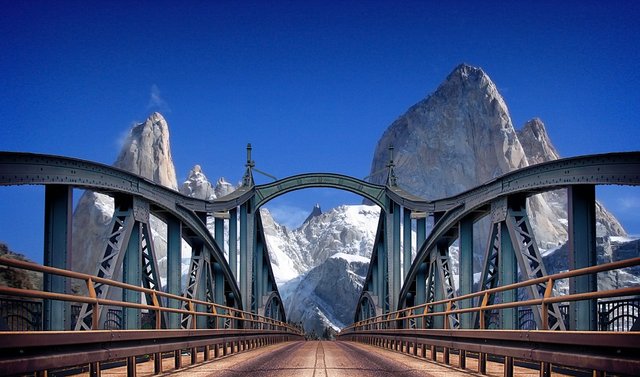
Jewel-blue streams, cascading waterfalls, dazzling glaciers and spectacular wildlife. Welcome to Patagonia. Easily one of the most awe-inspiring geological spectacles on earth, it is home to some of the most staggeringly beautiful protected areas of wildlife in the world. Located at the southern end of South America, between Chile and Argentina, this sparsely populated region is not far from being the 8th wonder of the world. As a result, it is no surprise that many bucket lists include trekking through the fjords and glacier-filled sceneries of Patagonia. Attracting travellers from all around the globe, the top highlights and tourist hotspots are the Torres Del Paine National Park in Chile, and Argentina’s Los Glaciares National Park.
How to get there
Making your way to, quite literally, the end of the world can seem overwhelming and extremely complicated. The good news is that the long journey is definitely worth it, I promise.
Chile
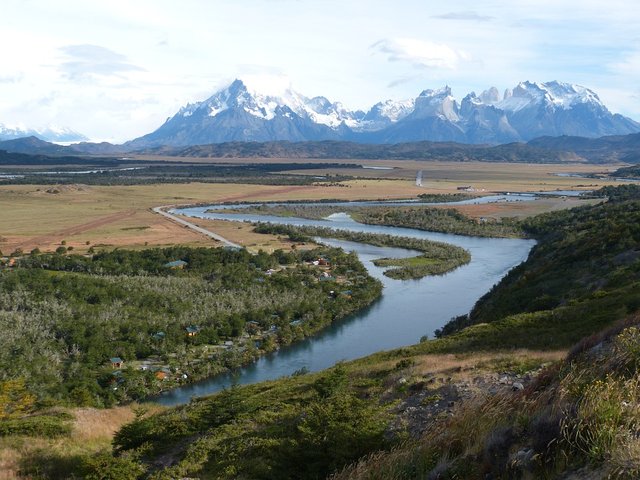
If you are travelling to the Chilean side of Patagonia, you will likely to be passing by or flying from Santiago, the capital city. There are several ways to make your way down south, including different routes and various means of transport. The easiest way to get to the iconic Torres del Paine National Park is flying directly to Punta Arenas and then jumping on a bus to Puerto Natales, a city right next to the park. Flights run daily and take approximately 3 to 4 hours, whilst buses from Punta Arenas leave every hour to Puerto Natales. These buses can fill up fast, especially in high season, so be sure to book your ticket in advance on recorrido.cl.
For a shorter travel time and by no means any less impressive scenery, fly to Puerto Montt, just to the north of where the Patagonia region officially begins. From here, you have easy access to Chiloé Island and the Carretera Austral.
If your timing is more flexible, and you want to save some money, there are several different bus routes taking you to various points in Patagonia. Watch out for buses that zig-zag between Chile and Argentina, and be wary of the entry fee at the border which may be charged even if you are only passing through by bus, so that you aren’t charged multiple border fees for just one trip.
Instead, stay within Chile and head south on an overnight bus from Santiago, stopping in the stunning Puerto Varas or Pucón in the north of Patagonia. Even from there, it’s still a long journey to Puerto Natales. So, it may be worth looking into flights from nearby Puerto Montt down to Puerto Natales if you have your heart set on seeing the impressive Torres del Paine.
Argentina
If you are flying internationally to Argentina, you will probably arrive in Buenos Aires. From here, domestic flights can be taken to the south. The best places to fly into are Bariloche, a popular destination due to its proximity to Nahuel Huapi National Park, and El Calafate, a great base with entry to Glacier Perito Moreno. You can also take a flight to Ushuaia, the most southern city in the world, which is a popular starting point for cruises to Antarctica.
To explore all that Argentinian Patagonia has to offer from Chile, you can explore the options by bus. This is actually a common way for locals and travellers to get around the region. For example, the journey from Puerto Natales to El Calafate takes approximately six to seven hours. A little longer route, you can go from Punta Arenas to Ushuaia in around 12 hours. And further up north, you can get a bus to Bariloche from Puerto Montt, which takes around seven to eight hours.
Due to Argentina’s size and broken borders in the south, travelling around between Argentina’s top Patagonian destinations can be difficult. So if the idea of a day-long bus trip isn’t for you, then you may find it easier to fly.
What to do
Spanning over a million km2 (386,000 square miles), there are countless incredible sights to see and things to keep you entertained in Patagonia. Each country has a major National Park that attracts the majority of tourism. In Chile, you can’t miss the Torres del Paine National Park. Similarly, Los Glaciares National Park is a hit with Argentina’s tourists. And in the southern part of Argentina, you can also visit Ushuaia and Tierra del Fuego.
Chile: Torres del Paine National Park
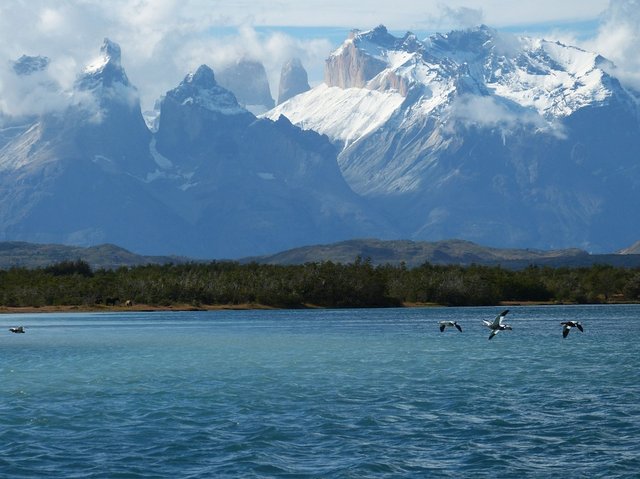
The most iconic activity on offer in the park is to take on the 3 to 4 day-long W Trek, or if you are feeling brave, the week-long Circuit Trek. Either camping or staying in the various “refugios” (inns) scattered around the park, this is a fantastic way to see almost all the most breathtaking views of the National Park, whilst also giving yourself a personal challenge.
However, if you don’t feel up to the trek, there are many tours that operate out of Puerto Natales that also allow you to see the park. You can book a full day panoramic tour, where you will be driven to various viewpoints to gaze and gasp at the glittering lakes and towering mountains. Or, if you prefer a more immersive experience, you can be escorted on a four-day adventure. This tour allows you to see all that the park has to offer, from the rushing waterfall of Salto Grande to the mysterious Cueva del Milodón.
Alternatively, enjoy a rewarding day of trekking up to the Torres viewpoint to take some memorable photos of the park’s namesake, the Torres del Paine. You can easily tackle this trek by yourself, or you can book a guided tour to hear an expert guide tell you the history and secrets of this well-worn route as you walk, and to make sure that you don’t stray too far from the path.
Besides trekking, there are a wealth of exciting activities to do to bring this truly astonishing area of natural beauty to life. Satisfy your sporty side with a kayak in the clear waters below the Grey Glacier or canter through the lush green forests on a horseback ride you will never forget.
Argentina: Los Glaciares National Park
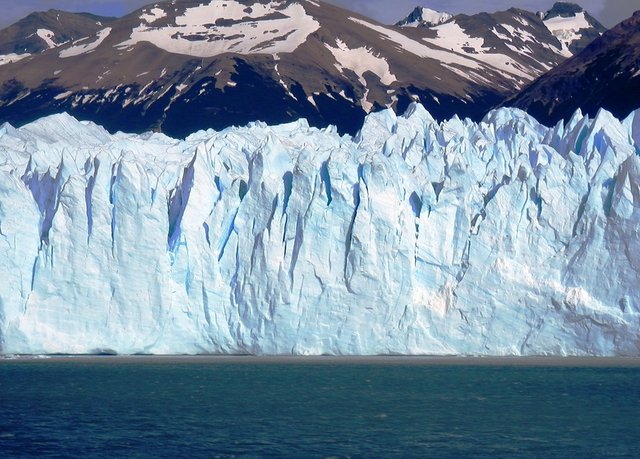
Argentina’s Los Glaciares Park, also known as the Austral Andes, is home to magnificent glaciers and soaring mountain ranges. In the north, stay at El Chaltén to visit the emblematic FitzRoy mountain range. You can find trekking tours ranging from day trips to full week-long expeditions, where you can astound yourself with the views of Cerro Torre, Mount FitzRoy and Loma del Diablo.
Further south, the town of El Calafate offers trips to the awe-inspiring Perito Moreno Glacier. This breath-taking wall of ice has become a must-see for visitors to Patagonia and you will soon understand why once you have had the pleasure of visiting and experiencing it for yourself. Take one of many regular shuttle buses to the Glacier from El Calafate and, for the full experience, enjoy a boat ride directly below Perito Moreno itself.
Argentina: Ushuaia
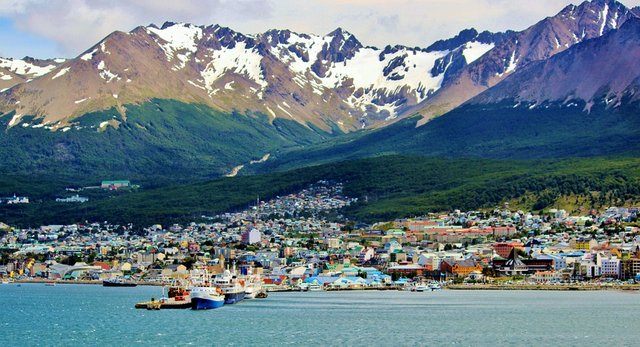
Hidden right down at the very bottom of the world is the windswept resort town of Ushuaia, the southernmost city before Antarctica. This is the perfect starting point for a trekking adventure to visit the indescribable wintry landscapes of Vinciguerra Glacier and its fabulous iceberg lagoon or a trip to the iconic Tierra del Fuego. There are a whole host of activities to enjoy in this rugged region of wilderness, such as canoeing on Escondido Lake or a hiking experience you’ll never forget around Redonda Island and Lapataia Bay.
Where to stay
There are many accommodation options to discover in this exquisite region of natural beauty, and your choices will depend on your budget, the season, the location and how keen you are to get up close and personal with the great outdoors!
Chile: Torres Del Paine
The gateway to the National Park is Puerto Natales, which has many hostels and hotels to suit a range of budgets. If you are planning on only taking day trips and tours into the National Park, staying in this picturesque port city is the best option for you. The shuttle bus into the park can easily be booked the night before at most hostels and hotels. It takes around two and a half to three hours, but with stunning views all the way, the time will fly by.
However, to experience Torres Del Paine’s unique nature to the fullest, you can stay within the park itself at one of its campsites or refuges run by FantasticoSur and Vértice Patagonia. Staying in the refuges can be expensive, especially if you choose to have a made up bed and food included. However, if you book in advance, certain campsites are free to travellers.
Argentina: Los Glaciares & Ushuaia
In El Chaltén, El Calafate and Ushuaia you will be spoiled with choices of places to stay. From cosy inns (hosterías), country guesthouses and ranches (estancias), Los Glaciares National Park has plenty to choose from. There are also some designated camping sites within the protected area of the park which have basic washroom facilities and are free of charge. Ushuaia’s city center also has plenty of hotels and hostels within easy reach of Tierra del Fuego and Beagle Channel.
What to pack
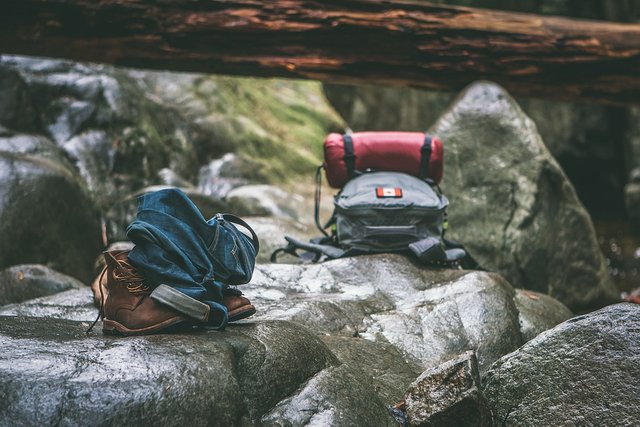
Temperatures in this part of the world vary. A lot. You might leave in the morning wrapped up warm in six layers, two pairs of socks and a hat, and return in the afternoon sun with most of your clothes wrapped around your waist. Locals often say that Patagonia is one of the only places in the world where you can experience all four seasons in just one day! It’s all part of the experience of being surrounded by nature and far from built-up civilisation. So, take warm clothes and also a good-sized backpack to stash the extra layers in case the weather changes. A waterproof jacket and a good pair of hiking boots are essential.
If you are camping, make sure you have a weather-proof tent and a cosy sleeping bag for those cold nights. Alternatively, if you are trying to pack light, check out in advance whether you will be able to rent this equipment from your campsite or hostel. Be sure to pack plenty of snacks to keep you going on those long days of trekking in all weather conditions, such as nuts, dried fruit and cereal bars.
So there you have it! Your complete guide to visiting Patagonia. Give in to the slow pace of life here at the bottom of the world, and relish the opportunity to surround yourself in nature and get away from the hustle and bustle of civilisation. Allow yourself to explore all the wealth of outdoor activities on offer, and fall in love with the astounding scenery and friendly native wildlife.
Dear Stellar Steemit Community! My team is working on a universal travel rewards cryptocurrency, platform, and ecosystem called #KeyoCoin. Along our journey, I will be posting different articles from the team on travel, crypto, blockchain, rewards - and other fun stuff in travel and hospitality. We hope that people enjoy following our journey as we bring rewards to life, make travel more rewarding, and always remind people to go out, have fun, and #ExperienceLife!
If you are a #cryptonomad looking to explore the world, and share a passion, enthusiasm, and mission to #experiencelife, then please join our telegram group for KeyoCoin, where we aim to shift the power in travel from a few large companies and back into the hands of the travel and the independent travel providers through our Universal Travel Rewards!
KeyoCoin: Join Our Telegram Channel to learn more about Universal Travel Rewards! https://t.me/KeyoCoin
